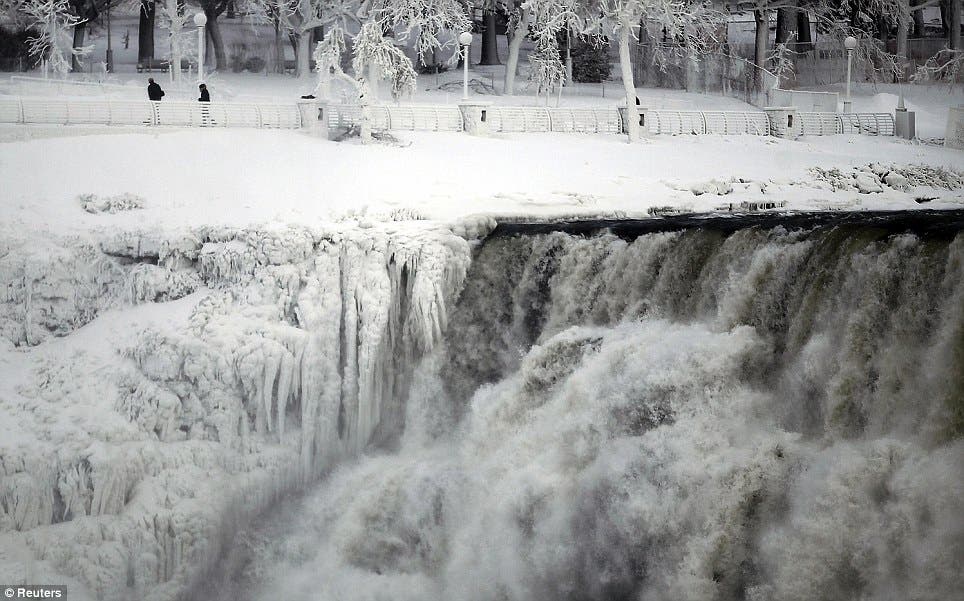Agriculture is a very risky line of work. It’s almost inevitable that once in a while extreme weather will take a huge toll on the crop yields. This is common knowledge, but the quantitative impact of droughts and heat waves has only recently been investigated in great detail. A paper published in Nature by researchers at University of British Columbia found droughts cut a country’s total crop yield by 10 percent, and heat waves by 9 percent. Floods and cold spells oddly did not affect crop production in a significant way. These effects vary from country to country and another surprising finding is that crops in developed countries suffer up to twice as many losses than those in developing countries.

Navin Ramankutty, a geographer from the University of British Columbia and colleagues looked at 2,800 extreme weather events collected by the Emergency Events Database (EM-DAT) and the impact these had on 16 different cereals, including oats, barley, rye and maize, grown in 177 countries.
Due to droughts and heat waves, some three billion tons of these crops were lost from 1964 to 2007.
“We don’t think about it much, but rice, wheat and maize alone provide more than 50 percent of global calories,” Dr. Ramankutty told the NY Times. “When these grain baskets are hit, it results in food price shocks, which leads to increasing hunger.”
This is a double problem. For one, we lose 10% of crop yields, but the carbon emissions that were expelled in the process stay in the atmosphere, heat the planet and drive more freak weather.
Droughts caused the most damage in North America, Europe and the Australasia where they destroyed 20% of cereal production. In Asia and Africa these figures were much lower standing at 12% and 9%, respectively. That’s because, the authors argue, in developed countries farmers grow their crops more uniformly. This makes them more vulnerable to droughts than more diversified patches, as seen in Africa for instance.
The analysis suggests that droughts are causing more damage than ever, and become worse in time. Droughts in 1985 caused losses of about 14% while earlier ones only destroyed 7% of the production. Climate projections suggest that droughts and heat waves will become more frequent and severe.
The authors conclude that over the last five decades, droughts and heat waves have dramatically damaged national agricultural production all over the world. They highlight, however, that while damage to cereal production is significant, this effect is short term and output generally rebounds following a disaster.






